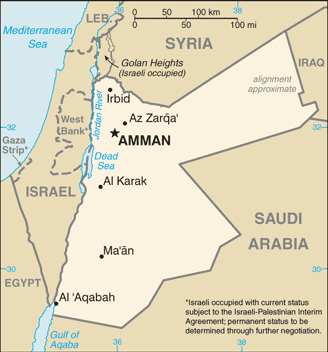
Every day, a little bit more.
The institutional details of government were often imposed from the outside as well. Political parties and national anthems, cabinets, parliaments, and constitutions—all of these are foreign notions of which, for the most part, the form but not the substance has taken root in the Middle East. Today, many of these institutions are a charade. The parliamentarians are playacting, their only real function being to rubber-stamp the decisions of a dictator. (The most extreme illustration of this was the astonishing Colonel Qaddafi of Libya, who always insisted with a straight face that he held absolutely no office in the government of his country, which, he said, was actually run by direct democracy.)
Perhaps the most effective way to give an overview of the Arab world today is to survey a few selected Arab states, to investigate specific cases.
Egypt
Having said that many Arab and Near Eastern states are artificial creations with no roots in reality, I commence my survey with the most obvious counterexample. Egypt is a notable exception to the general truth that the nations of the contemporary Middle East were invented with map and pencil. Egypt has existed in much its present area since the earliest days of human history. This is so because it has an obvious natural shape. It is actually far smaller than it appears on maps because its population is crowded along the banks of the Nile River. Other than a few oases, the rest of the country is essentially uninhabitable sandy desert, which has always served to protect Egypt from the ambitions of those around her.
The Egyptian identity is fairly secure. When Anwar Sadat and his countrymen were kicked out of many Arab organizations after his peace agreement with Israel, they immediately began to note that their ancestors had been building pyramids while the ancestors of “the Arabs” were eating lizards. They didn’t care, they said, if “the Arabs” didn’t like them. They were not “Arabs,” they were Egyptians! This ability to fall back on a well-established older national identity has spared them some of the problems that today afflict a number of other, less psychologically fortunate Arab states.
It has not, however, spared them a difficult history. As I have pointed out already, from the fall of the pharaonic state just after Lehi’s day until very recent times, Egypt was ruled by foreigners. The 1952 army coup that eventually put Gamal Abdel Nasser in power brought an end to rule by non-Egyptians but did little or nothing to end the nation’s problems, which included poverty and a rapidly rising population. Instead of dealing with those problems, Nasser chose to focus on the fight against Israel, combating Western influence (which made him an ally of the Soviet Union), and building a socialist state (with what results I have already stated).
Posted from Wadi Moussa, Jordan











